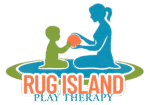Wondering what to expect?
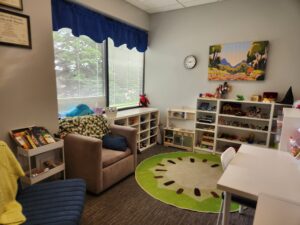
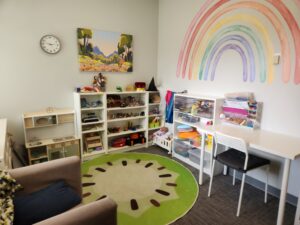
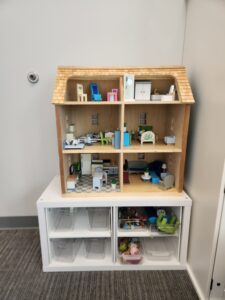

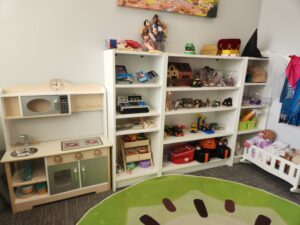
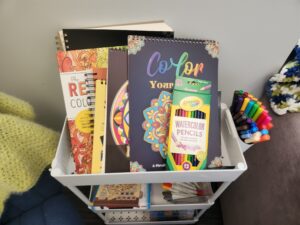
Therapy Doesn’t Have to be Intimidating
Starting therapy can feel scary and overwhelming, especially when something as important as your child is involved! My goal is to make the process as comfortable and straightforward as possible so you (and your child!) know what to expect.
Connect with Me
Finding the right therapist is an important part of the process, and it’s okay to take the time to make sure it feels like a good fit. I offer a free 15-minute consultation so we can talk about the needs of you and your child, answer your questions, and see if my approach feels right for you or your child. This first conversation is simply a chance to connect — no pressure, no commitment.
Click here to learn how to contact me.
Set Up Your Online Portal
Once you decide to move forward, I’ll send you a link to your child’s secure online client portal. From there, you can complete the intake forms, review policies, and share any important background information. This step helps me get to know you and your child before our first session, so we can make the most of our time together instead of completing paperwork.
The First Session
For children in elementary school or younger, the first session is for parents or caregivers only. This gives us a chance to focus on your concerns, gather background information, and set meaningful goals together. For tweens and teens, we’ll decide together whether to start with just the two of us or to have all three of us meet. Either way, the goal is to create a comfortable starting point and a shared plan for moving forward.
Ongoing Therapy
For younger children, therapy sessions are one-on-one with me, while parents have their own check-in session every 4 to 5 sessions to discuss progress and any questions. For tweens and teens, we’ll work together to decide how often and in what format to have check-ins, making sure to respect for your child’s privacy while keeping you informed and involved.
When it’s Time to End
Ending therapy is a decision we make together, with your child’s well-being as the priority. Giving your child space to say goodbye and reflect on their progress helps make the ending feel natural and supportive. It’s better to pause or finish thoughtfully than to stop suddenly, so your child feels secure every step of the way.
